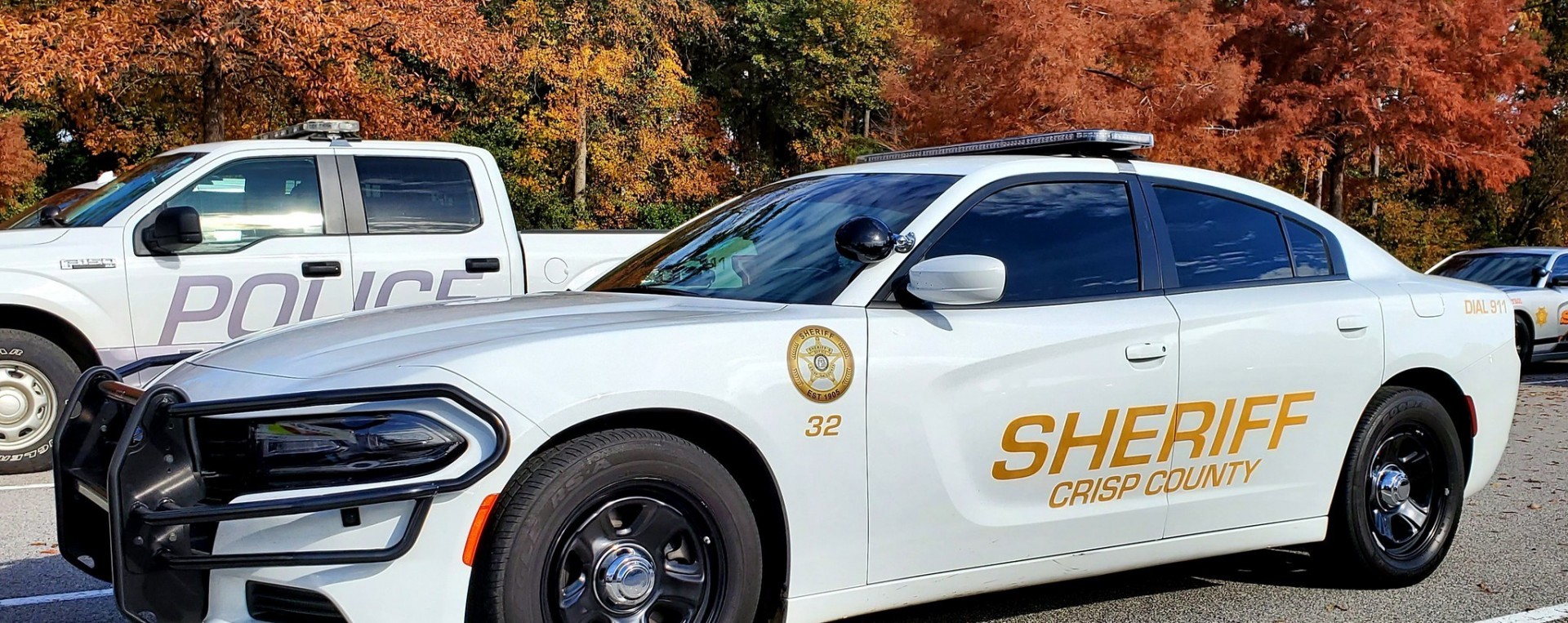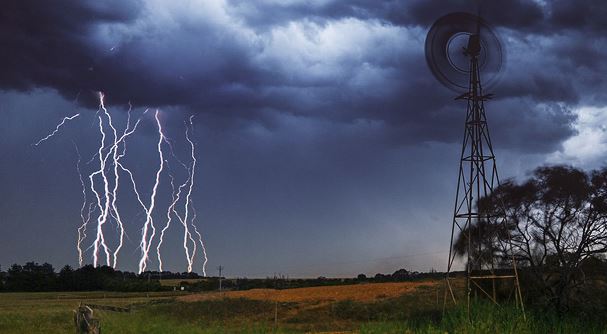Terms to Know
Storm Warning:
Storm Warnings are issued for the when one or both of the following conditions is expected to begin within 36 hours and not directly associated with a tropical cyclone:
1) sustained winds of 48 knots to 63 knots
OR
2) frequent gusts (duration of two or more hours) of 48 knots to 63 knots
Severe Thunderstorm Watch:
A Severe Thunderstorm Watch is issued when severe thunderstorms are possible in and near the watch area. IT DOES NOT MEAN THAT THEY WILL OCCUR. IT ONLY MEANS THEY ARE POSSIBLE.
Severe thunderstorms are defined as follows:
1) Winds of 58 mph or higher
AND/OR
2) Hail 1 inch in diameter or larger.
Severe Thunderstorm Warning:
A Severe Thunderstorm Warning is issued when severe thunderstorms are occurring or imminent in the warning area.
Severe thunderstorms are defined as follows:
1) Winds of 58 mph or higher
AND/OR
2) Hail 1 inch in diameter or larger.
Before Thunderstorm and Lightning
To prepare for a thunderstorm, you should do the following:
- To begin preparing, you should build an emergency kit and make a family communications plan.
- Remove dead or rotting trees and branches that could fall and cause injury or damage during a severe thunderstorm.
- Postpone outdoor activities.
- Secure outdoor objects that could blow away or cause damage.
- Get inside a home, building, or hard top automobile (not a convertible). Although you may be injured if lightning strikes your car, you are much safer inside a vehicle than outside.
- Remember, rubber-soled shoes and rubber tires provide NO protection from lightning. However, the steel frame of a hard-topped vehicle provides increased protection if you are not touching metal.
- Shutter windows and secure outside doors. If shutters are not available, close window blinds, shades or curtains.
- Unplug any electronic equipment well before the storm arrives.
During Thunderstorms and Lightning
If thunderstorm and lightning are occurring in your area, you should:
- Use your battery-operated NOAA Weather Radio for updates from local officials.
- Avoid contact with corded phones and devices including those plugged into electric for recharging. Cordless and wireless phones not connected to wall outlets are OK to use.
- Avoid contact with electrical equipment or cords. Unplug appliances and other electrical items such as computers and turn off air conditioners. Power surges from lightning can cause serious damage.
- Avoid contact with plumbing. Do not wash your hands, do not take a shower, do not wash dishes, and do not do laundry. Plumbing and bathroom fixtures can conduct electricity.
- Stay away from windows and doors, and stay off porches.
- Do not lie on concrete floors and do not lean against concrete walls.
- Avoid natural lightning rods such as a tall, isolated tree in an open area.
- Avoid hilltops, open fields, the beach or a boat on the water.
- Take shelter in a sturdy building. Avoid isolated sheds or other small structures in open areas.
- Avoid contact with anything metal—tractors, farm equipment, motorcycles, golf carts, golf clubs, and bicycles.
- If you are driving, try to safely exit the roadway and park. Stay in the vehicle and turn on the emergency flashers until the heavy rain ends. Avoid touching metal or other surfaces that conduct electricity in and outside the vehicle.
Source: https://www.ready.gov/thunderstorms-lightning

